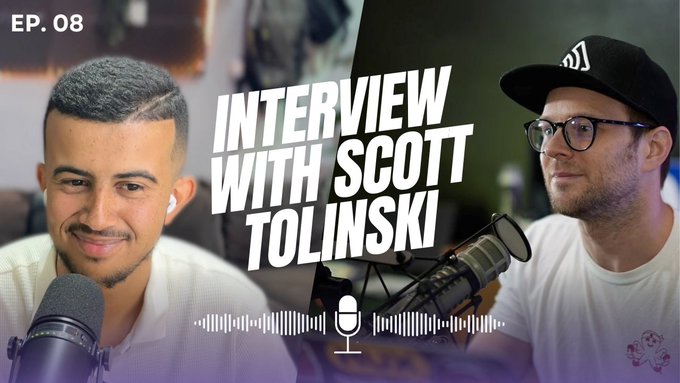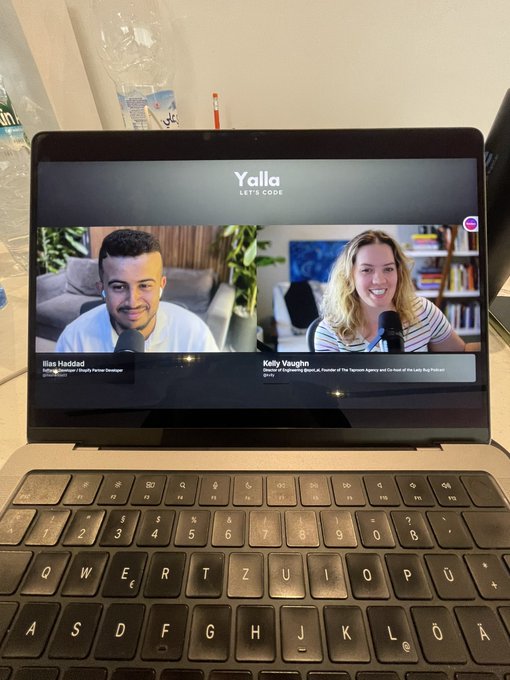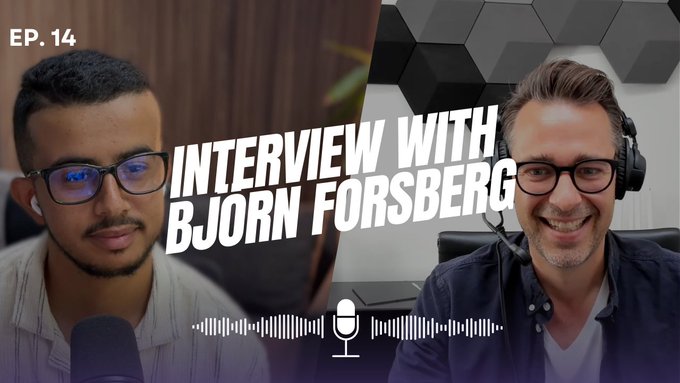From 'Why Not?' to Game-Changer: The Story of Simon Hamp and NativePHP
For most of its history, PHP has lived on the server. It's the engine behind a huge portion of the web, but it's always had clear boundaries. You build web apps with it. That's the job. But what happens when a developer with 25 years of experience asks a simple, powerful question: 'Why can't I do more with this?'
That question is the origin story of Simon Hamp and his groundbreaking project, NativePHP. In a recent conversation on the Yalla Let's Code podcast, Simon shared his incredible journey from a self-taught coder learning from physical books to a pioneer pushing the boundaries of an entire ecosystem.
The Reframe: What Makes a 'Good' Programmer?
Before he could change a programming language, Simon had to change his own mindset. Like many self-taught developers, he carried a sense of imposter syndrome.
'I still don't feel that I am a good programmer... if you look at it just purely on the basis of like can you write an elegant solution to a given problem, my answer is no,' he admitted. 'But when it comes to does it solve the business problem? The answer is yes.'
This distinction is the key that unlocks a developer's entrepreneurial potential. It's the shift from valuing complexity to valuing impact. It's about understanding that clients and customers don't care about your algorithms; they care that you can deliver a working solution on time and on budget.
The Catalyst: From Agency Burnout to Founder
Like many experienced developers, Simon hit a wall with the relentless pace of agency life. He grew frustrated with being a 'quick fix' for countless clients, unable to dedicate himself to a single project and perfect it.
'There was a part of my brain that was going, if only I could just work on one thing and just focus my attention on making that really good, then I could really excel,' he shared.
This yearning for focus and ownership is a common catalyst that drives developers toward building their own products. It's the desire to move from being a hired gun to being an architect.
The Breakthrough: Chasing an 'Impossible' Idea
The idea for NativePHP had been lingering for years. Why couldn't the language he knew and loved, the ecosystem he was so productive in, be used to build the desktop and mobile apps he used every day? The journey began with a digital scavenger hunt, digging up an old tweet from Laravel community leader Marcel Pociot about a similar experiment.
This led him down a rabbit hole to a tool for creating static PHP binaries—a way to package the entire PHP engine into a single, executable file. After weeks of collaboration with its maintainer, he had a breakthrough.
'We managed to get to a build of the PHP executable for Mac that ran Laravel. And I was like, this is it. This is amazing!'
He posted a demo video to Twitter, and the community response was explosive. But as soon as he solved the desktop problem, a new one emerged: 'When is it going to work on mobile?'
The Final Hurdle: Doing What They Said Couldn't Be Done
Even with his success, the mobile challenge seemed insurmountable. 'A very intelligent, very skilled' friend, Marcel, initially thought it was a dead end. 'It's not going to work. Like, it can't work because...Apple won't ever allow it.'
It was a logical conclusion. But Simon decided to try anyway. He dove into the cave, spending months figuring out how to compile PHP not as a web server, but directly into a Swift application. The moment it worked was deeply emotional.
'Once I'd sort of cracked that, I remember, like, I cried a little bit because it was a good moment.'
It was the culmination of a personal obsession, proving that the perceived limits of our tools are often just suggestions. Simon's story is a testament to the power of curiosity, perseverance, and asking 'why not?' It's a journey that has not only created a valuable new tool but has also inspired a community to dream bigger about what's possible with the code they write every day.
What 'impossible' problem are you trying to solve with your favorite tools? Share your thoughts in the comments below.







